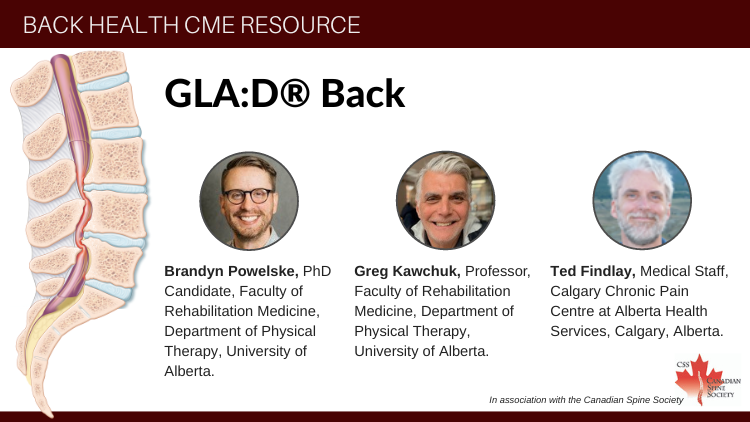Rola Moghabghab, RN, MN,1 Lori Adler, RN, MHSc,2 Carol Banez, RN, MAN,1 Faith Boutcher RN, MSc,3 Athina Perivolaris, RN, MN,3 Donna-Michelle Rancoeur, RN, MSc(A),3 Donna Spevakow, RN, MSN,3 Sandra Tully, RN, MAEd,1 Susan Wallace, RN, MSc3 and Kevin Woo, RN, MSc.4
1Advanced Practice Nurse, University Health Network; 2Administrative Director, Regional Geriatric Program, Toronto Rehabilitation Institute; 3Advanced Practice Nurse, Toronto Rehabilitation Institute; 4Advanced Practice Nurse, Mount Sinai Hospital; Toronto, ON.
Confusion related to dementia, delirium and/or depression is a common concern in the older adult. The Registered Nurses Association of Ontario Best Practice Guideline (BPG),"Screening for Delirium, Dementia and Depression in the Older Adult", was implemented as a pilot project by Advanced Practice Nurses on eight different units at Toronto Rehabilitation Institute, University Health Network and Mount Sinai Hospital. This article describes the development of the BPG and its implementation, including the design of an education program and a screening process to assist nurses. Discussion focuses on the facilitators and barriers to BPG implementation and effecting sustainable change in practice.

